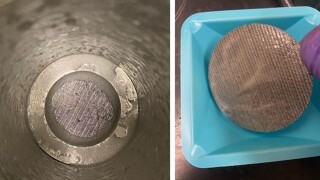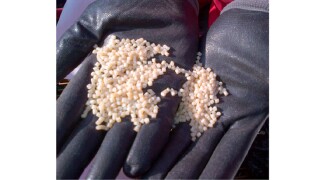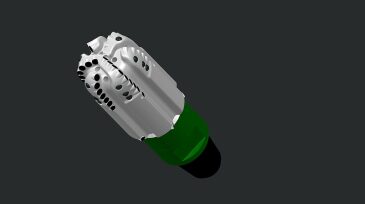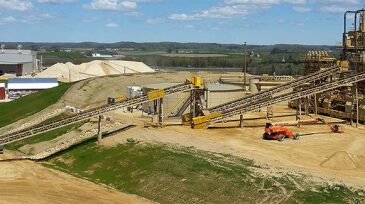Fracturing/pressure pumping
Technology developers expect the tight-oil industry to give lightweight proppants another look after the Permian Basin’s biggest operator becomes an adopter.
This paper describes development of a high-temperature water-based reservoir drill-in fluid using a novel synthetic polymer and customized with optimal chemical concentrations and sized calcium carbonate.
In this case study, a geomechanics-based approach was used to create bridging and sealing at the fracture aperture using a biparticle self-degradable lost-circulation-fluid system.
-
A hybrid downhole microseismic and microdeformation array was deployed to monitor fracture stimulation of a vertical coal-seam-gas (CSG) exploration well in the Gloucester Basin in New South Wales, Australia, to provide more-accurate insight into overall fracture height.
-
AFGlobal acquired the Axon pressure pump technology and product line from Amkin Technologies, a privately held oilfield equipment and technology developer.
-
A Canadian startup company is developing a tool that uses solid rocket fuel to fracture vertical and horizontal wells without the use of water.
-
To reduce the risk of wells getting “frac hits,” Permian Basin operators around Midland created an information exchange to give them notice of nearby fracturing.
-
The boom in organic shale plays has revealed the critical need to size hydraulic-facture treatments correctly to achieve commercial success.
-
A new line of specialized polycrystalline-diamond-compact bits have been tested in a series of Bakken wells. The bits’ integrated design allowed significant increases in drilling rate and the number of plugs drilled.
-
Predictive models may help in the estimation of produced water volumes and the optimization of the locations for water recycling and disposal facilities to reduce truck hauling distances.
-
Driven by a recovery in well completions and increased proppant loading per well, the market for raw fracturing sand is expected to grow by more than 4% annually through 2021, an industry research study says.
-
Senior Research Scientist and SPE Distinguished Lecturer Ian Walton uses a semianalytic shale gas production model to show that natural fractures, contrary to the intuitive beliefs of many, do not contribute significantly to production.
-
Service company executives examine how the oil price downturn affected supply and demand for their services in the unconventional sector, and strategies they have undertaken to stay afloat as operators adjust to uncertainty.













